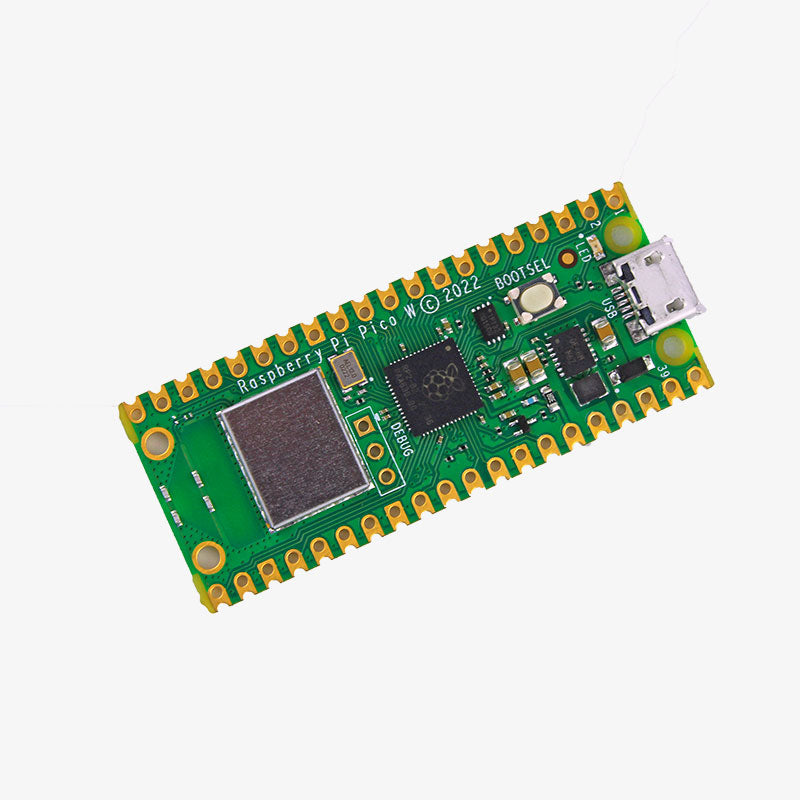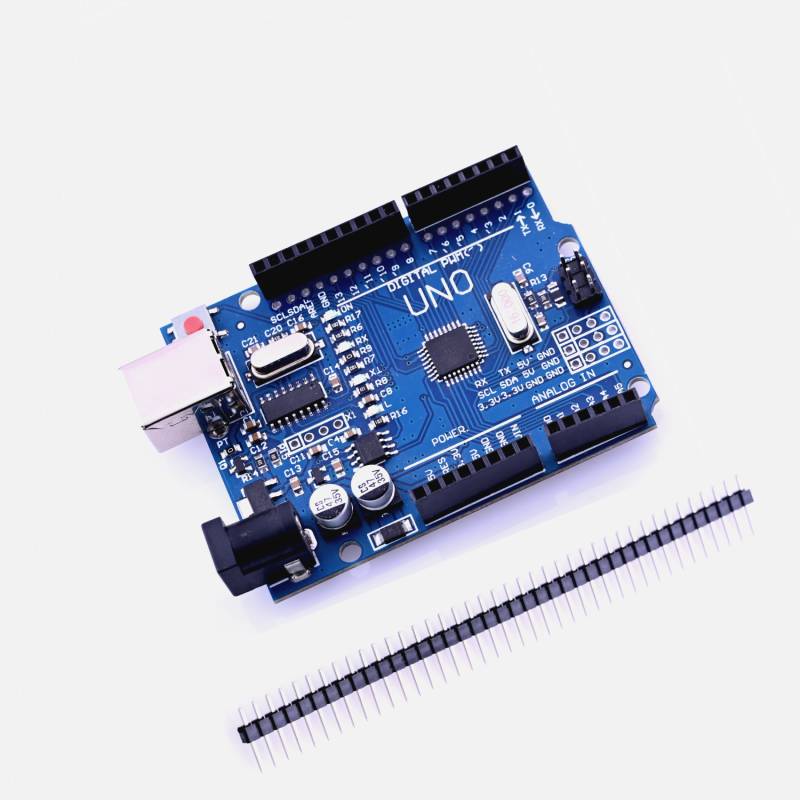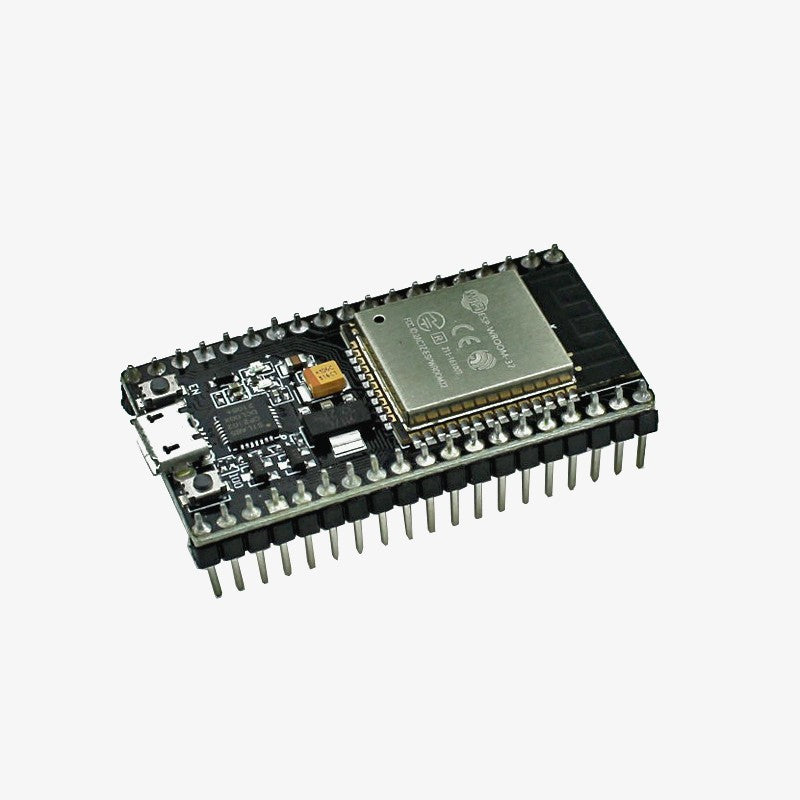Top IoT Development Boards
1. Raspberry Pi
Description: Raspberry Pi is a versatile and affordable IoT development board widely used for various projects. It features a Broadcom processor, GPIO pins, HDMI output, and USB ports.

Key Features:
- Compact form factor.
- Broad community support and extensive documentation.
- Wide range of compatible accessories and add-ons.
2. Arduino
Description: Arduino boards are popular for their ease of use and extensive community support. They come in various models, such as Arduino Uno, Nano, and Mega, catering to different project requirements.

Key Features:
- Open-source platform with a user-friendly IDE.
- Rich ecosystem of shields and modules.
- Suitable for both beginners and advanced users.
3. ESP32
Description: ESP32 is a powerful IoT development board with built-in Wi-Fi and Bluetooth capabilities. It is ideal for applications requiring wireless connectivity.

Key Features:
- Dual-core processor with ample RAM and Flash memory.
- Integrated Wi-Fi and Bluetooth support.
- Extensive community and documentation.
4. BeagleBone Black
Description: BeagleBone Black is a feature-rich IoT development board with a variety of I/O options. It offers an alternative to Raspberry Pi, with its own strengths and capabilities.
Key Features:
- Powerful AM335x processor.
- Multiple I/O options, including PRU for real-time tasks.
- Linux-based operating system.
5. Particle Photon
Description: Particle Photon is designed for IoT projects with a focus on cloud connectivity. It offers a straightforward development platform for creating connected devices.
Key Features:
- Wi-Fi connectivity out of the box.
- Particle Cloud for easy device management.
- Integrated development environment (IDE) for coding.
- These IoT development boards cater to diverse needs, providing developers with the tools and resources to bring their innovative ideas to life.
Comments
Post a Comment